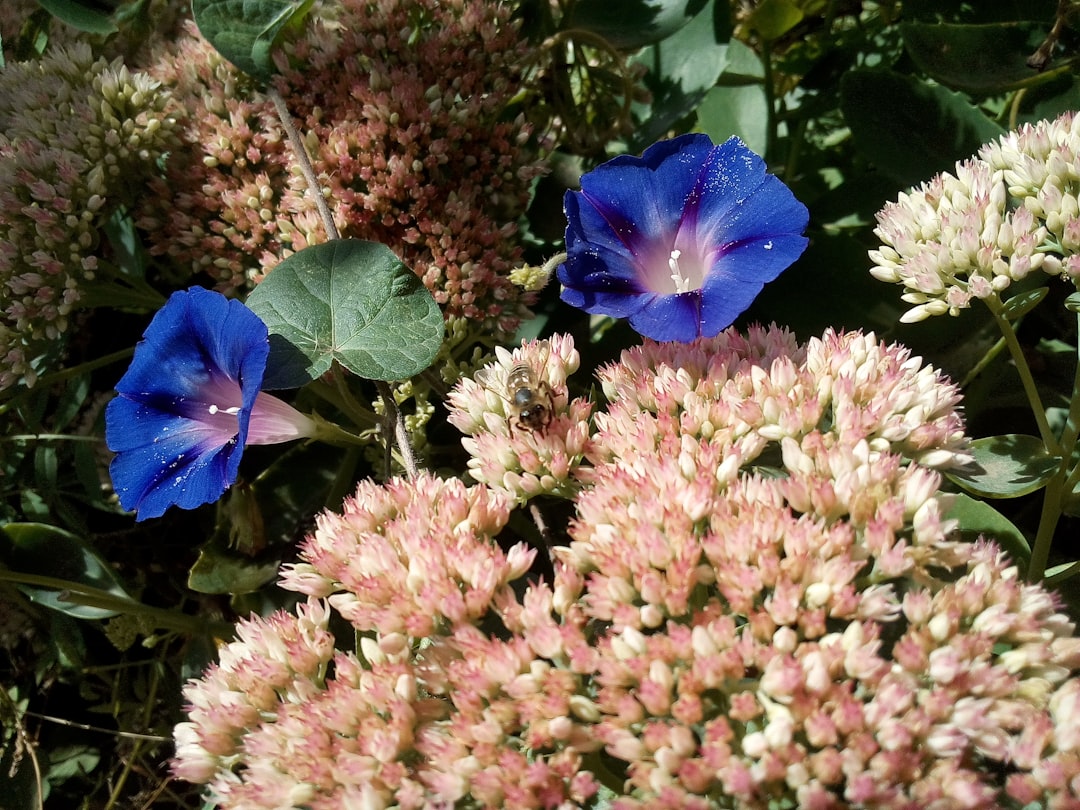The Secret to Flourishing Blueberries in Containers

Edible gardening has become a popular pastime for many, and growing blueberries in containers is a rewarding endeavor that combines the joy of gardening with the deliciousness of home - grown fruit. This guide will take you through the essential steps of cultivating blueberries in pots, from choosing the right containers and soil to proper care techniques.
When it comes to selecting the best pots for growing blueberries, size and material are crucial factors. Blueberries have a relatively shallow but wide - spreading root system. A container that is at least 18 - 24 inches in diameter and 12 - 18 inches deep is ideal. This provides enough space for the roots to grow and expand. As for the material, options like plastic, ceramic, or wooden pots are all viable. Plastic pots are lightweight and retain moisture well, but they may not be as aesthetically pleasing. Ceramic pots, on the other hand, are more decorative but can be heavy and may crack in freezing temperatures. Wooden pots offer good breathability, but they need to be treated to prevent rot over time.
The soil for blueberries in containers must meet specific requirements. Blueberries thrive in acidic soil with a pH level between 4.0 and 5.5. A high - quality acidic potting mix is a great starting point. You can also add organic matter such as peat moss, pine bark, or composted leaves to improve the soil structure and acidity. Avoid using regular garden soil, as it may not have the right pH and drainage properties for blueberries. Additionally, adding a slow - release fertilizer formulated for acid - loving plants at the time of planting can give your blueberries a good start.
Proper watering is essential for the health of blueberry plants in containers. Blueberries prefer consistently moist but well - drained soil. Over - watering can lead to root rot, while under - watering can cause the plants to wilt and produce fewer berries. Check the soil moisture regularly by sticking your finger about an inch into the soil. If it feels dry at that depth, it's time to water. Water the plants slowly and deeply, allowing the water to penetrate the entire root zone. During hot summer months, you may need to water more frequently, perhaps every 1 - 2 days.
Sunlight is another critical factor for blueberry growth. Blueberries need at least 6 - 8 hours of direct sunlight per day. Place your containers in a location that receives ample sunlight, such as a south - facing balcony or patio. If you live in an area with extremely hot summers, some afternoon shade may be beneficial to prevent the plants from getting stressed.
Pruning is an important part of blueberry care. Pruning helps to maintain the shape of the plant, remove dead or diseased branches, and promote new growth. The best time to prune blueberries is in late winter or early spring before new growth begins. Use sharp, clean pruning shears to make clean cuts. Remove any branches that are crossing or rubbing against each other, as well as any branches that are growing towards the center of the plant.
Fertilizing blueberries in containers is necessary to ensure they have an adequate supply of nutrients. In addition to the slow - release fertilizer added at planting, you can apply a liquid fertilizer formulated for acid - loving plants every 4 - 6 weeks during the growing season. Follow the instructions on the fertilizer package carefully to avoid over - fertilizing, which can damage the plants.
Pest and disease management is also crucial for container - grown blueberries. Common pests that may affect blueberries include aphids, spider mites, and blueberry maggot. You can use insecticidal soaps or neem oil to control these pests. For diseases such as powdery mildew or root rot, proper watering and good air circulation around the plants are important preventive measures. If a disease does occur, you may need to use a fungicide specifically formulated for blueberries.
In conclusion, growing blueberries in containers is a wonderful way to enjoy fresh, home - grown fruit even if you have limited space. By choosing the right pots and soil, providing proper care in terms of watering, sunlight, pruning, fertilizing, and pest and disease management, you can have a thriving blueberry plant that produces delicious berries year after year.